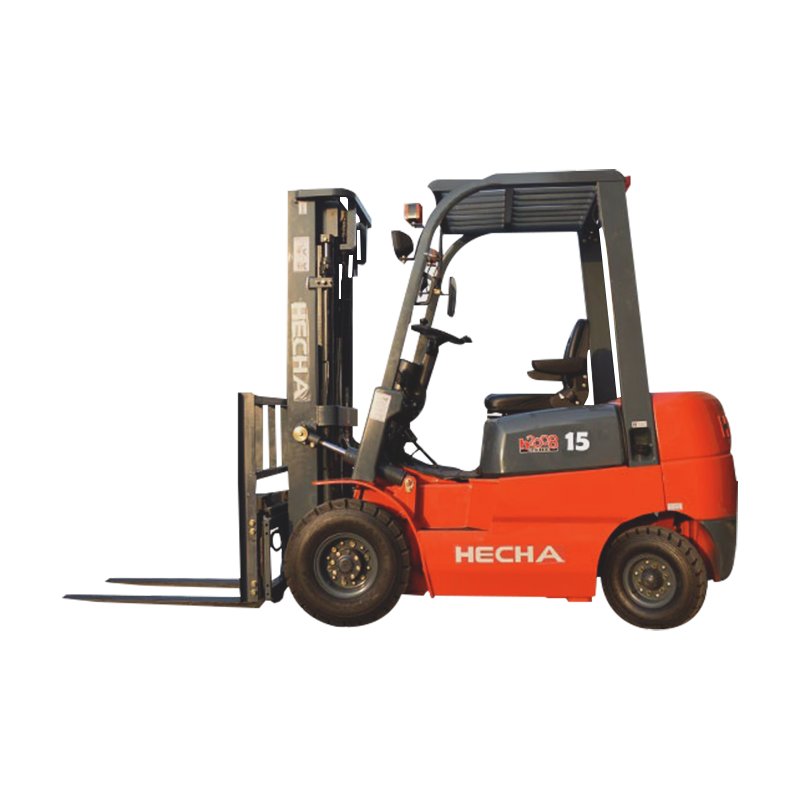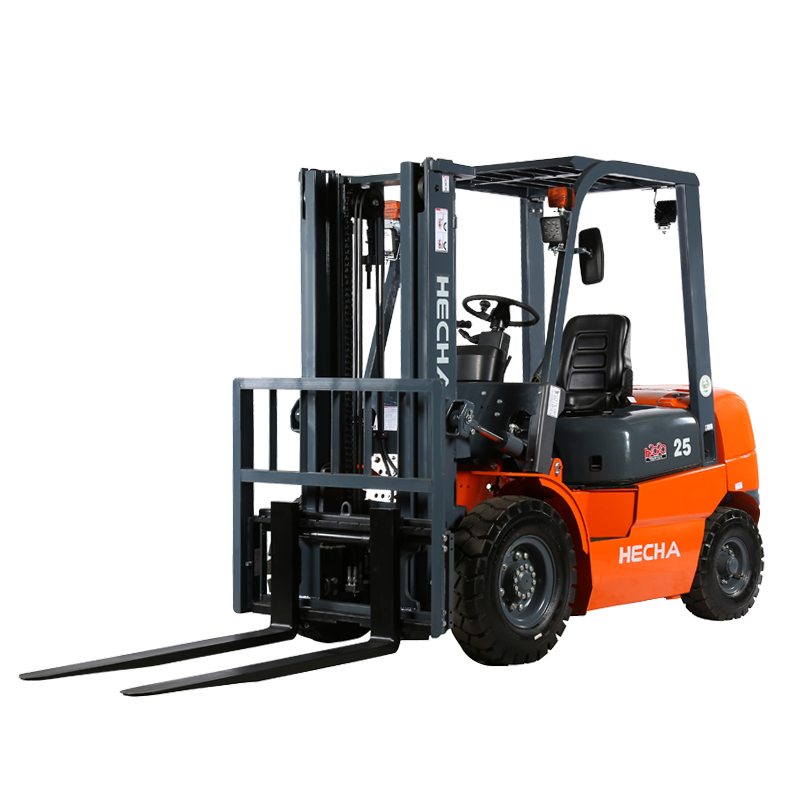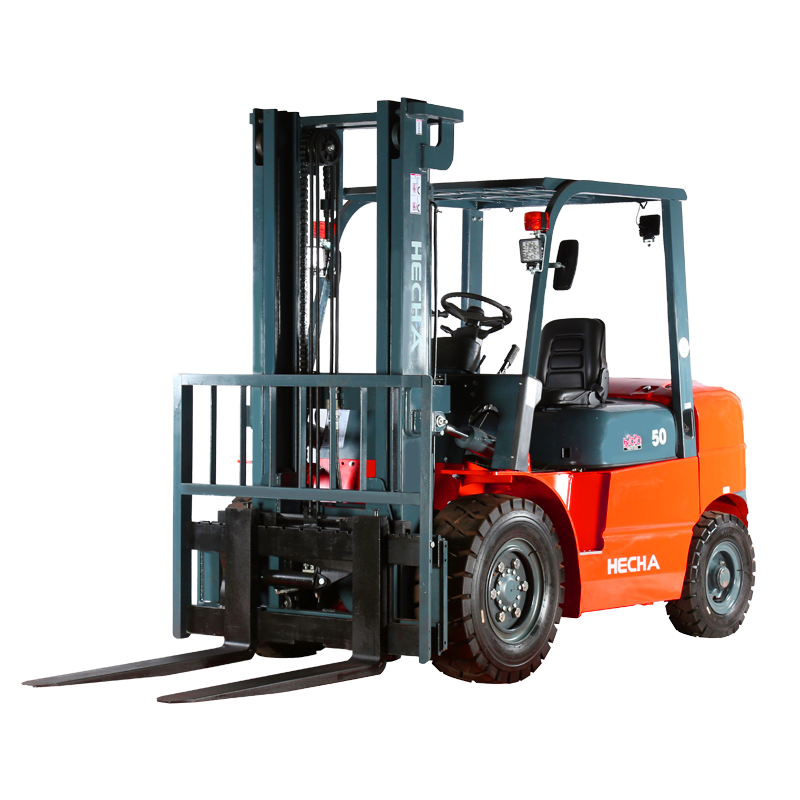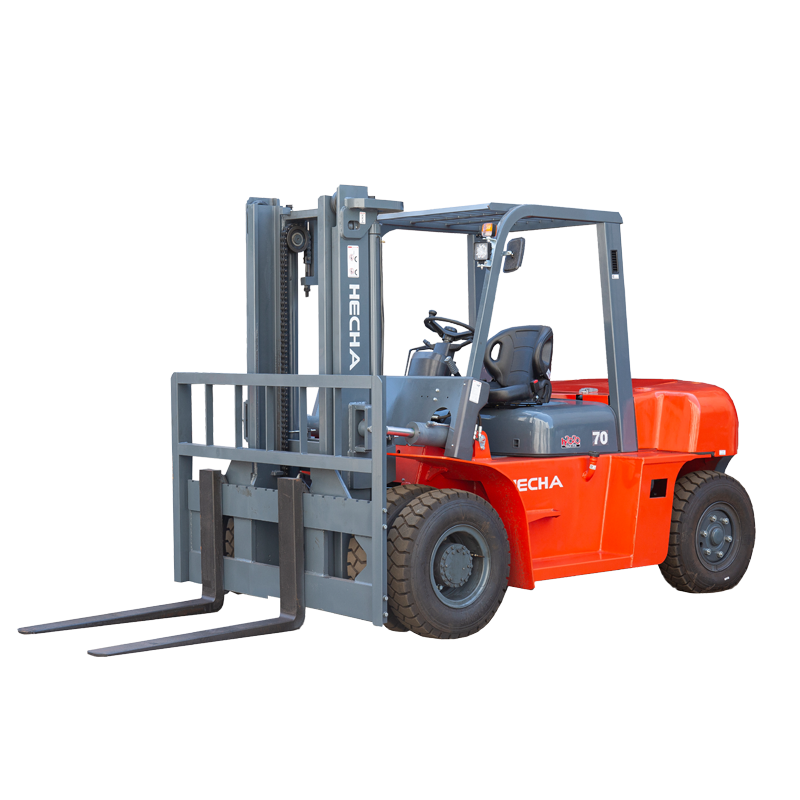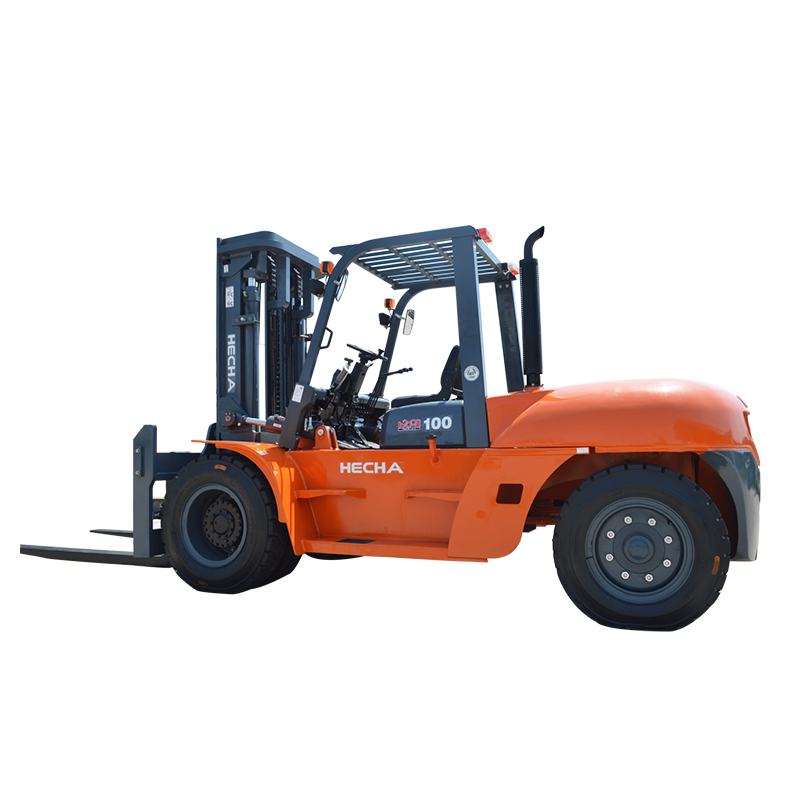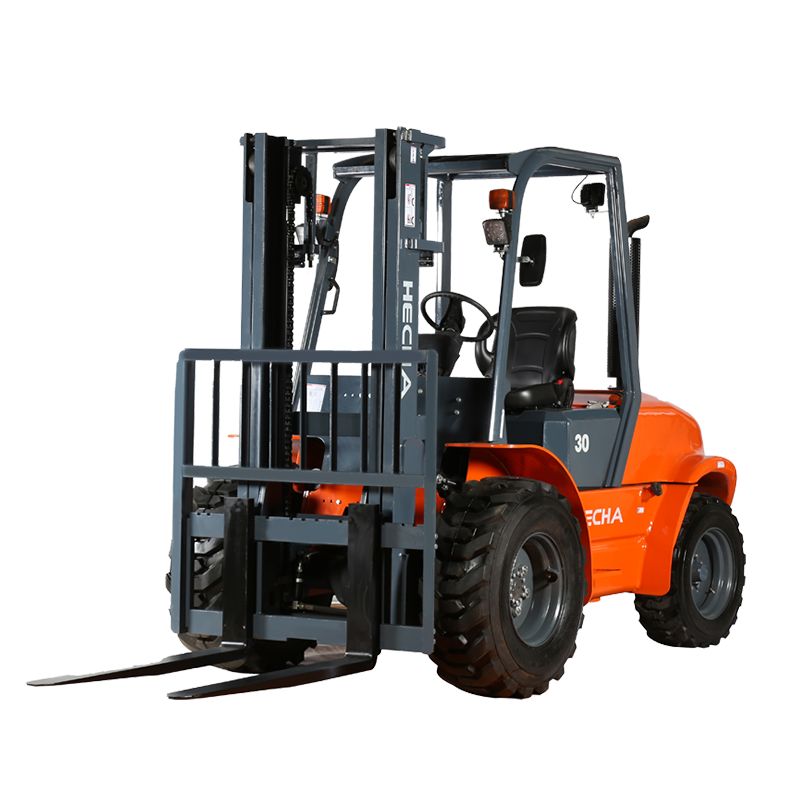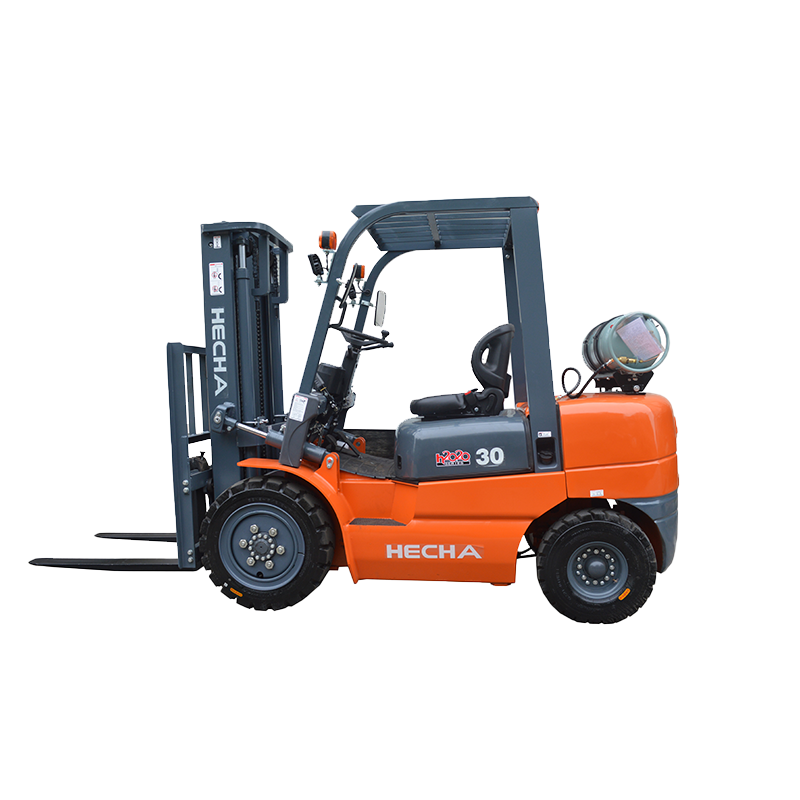The industrial heartbeat of warehouses, distribution centers, and manufacturing plants relies heavily on the consistent performance of material handling equipment. At the core of many of these operations is the lead-acid battery forklift, a proven and powerful workhorse. While often chosen for its cost-effectiveness and reliability, the lead-acid battery is a complex electrochemical device that demands respect and understanding. It contains heavy materials, acidic electrolytes, and produces hydrogen gas during operation, all of which necessitate rigorous safety protocols. Therefore, selecting a modern lead-acid battery forklift power source is not merely a financial or operational decision; it is a critical safety decision.
Understanding the Inherent Risks of Lead-Acid Technology
Before delving into specific safety features, it is crucial to understand the fundamental risks associated with lead-acid battery forklift operations. These risks have shaped the design and development of modern safety solutions. The primary hazards can be categorized as follows:
Chemical Hazards: The electrolyte inside a lead-acid battery is a diluted sulfuric acid solution, which is highly corrosive. Contact with skin or eyes can cause severe chemical burns, and inhalation of acid mists can damage respiratory tracts. Furthermore, the lead content within the battery plates is a toxic heavy metal, requiring careful handling to prevent exposure, especially during maintenance or disposal.
Electrical Hazards: A typical lead-acid battery forklift battery operates at voltages that can be dangerous, often 36V, 48V, or even 80V. These systems carry a significant risk of high-current short circuits. A short circuit can generate an immense amount of heat instantaneously, potentially melting tools, causing severe electrical arcs, and igniting nearby combustible materials. The resulting energy release can cause catastrophic damage to the battery itself and injure personnel.
Explosion and Fire Hazards: This is perhaps the most significant risk. During the charging process, and to a lesser extent during discharge, lead-acid batteries electrolyze water from the electrolyte, producing hydrogen and oxygen gas. This mixture is highly explosive. If these gases accumulate in a confined space and encounter an ignition source—such as a spark from a battery connection, a static discharge, or an open flame—a violent explosion can occur.
Physical and Ergonomic Hazards: Lead-acid batteries are extremely heavy. A single battery for a standard lead-acid battery forklift can weigh over 2,000 pounds. The process of changing, installing, or removing these batteries presents a severe crush hazard if not managed with proper equipment and procedures. Spilled electrolyte can also create slick surfaces, leading to slips and falls.
Modern battery design focuses on mitigating these inherent risks through integrated engineering and safety-focused features.
Essential Safety Features in the Battery Case and Construction
The physical housing of the battery is the first line of defense against many of these hazards. A well-constructed case does more than just hold the components; it actively contributes to a safer operating environment.
Robust, Chemical-Resistant Case Material: The battery case must be constructed from a high-impact, engineered polymer that is specifically formulated to resist degradation from sulfuric acid. This material must maintain its structural integrity and resistance over a wide range of temperatures and throughout the battery’s lifespan. A compromised case can lead to acid leaks, creating a hazardous environment and damaging the battery compartment of the lead-acid battery forklift and the charging station.
Integrated Liquid Containment and Venting Systems: Modern batteries are designed with a spill containment lip or an integrated reservoir that can capture a certain volume of overflow electrolyte. This is crucial during watering or if the battery is tipped beyond its operational angle. Furthermore, the case should be designed to prevent the pooling of electrolyte on top of the battery, where it can corrode connectors and create a conduction path for short circuits.
Vent Cap Design and Gas Management: The design of the vent caps is critical. Their primary function is to allow gas to escape while preventing electrolyte from sloshing out during operation. Flame-arresting vent caps are a vital safety feature. These caps are designed to prevent an external flame from traveling back into the battery cell, thereby averting a potential internal explosion. The overall case design should also facilitate the proper routing of vent tubes. These tubes are essential for directing hydrogen gas away from the battery and up to a ventilation point, diluting it safely into the atmosphere as per hydrogen gas ventilation standards.
Integrated Lifting Eyes: To address the crush hazard, all batteries must be equipped with properly rated and positioned lifting eyes. These are not mere accessories but critical safety components. They must be made of high-strength steel, be securely bolted or molded into the battery’s internal structure (not just the case), and be clearly marked with their weight rating. This ensures that when used with an appropriately rated hoist or battery extractor, the battery can be moved safely and without risk of the lifting points failing.
Critical Electrical Safety and Protection Systems
The electrical system of a lead-acid battery forklift battery is a potential source of significant danger. Modern features are designed to manage these risks proactively.
Thermal Overload Protection: High-current short circuits generate extreme heat almost instantaneously. Some advanced battery systems incorporate thermal runaway protection, which can include internal fuses or temperature-sensitive circuit breakers that disconnect the battery terminals in the event of a catastrophic current surge. This helps to contain the fault and prevent a more severe incident.
Terminal Protection: Battery terminals are typically the points of highest electrical energy and are therefore vulnerable to accidental shorting. Protected terminal covers are a fundamental requirement. These are durable, insulating shields that completely cover the positive and negative terminals when the battery is not connected to the forklift or charger. This prevents a metal object—like a tool or a stray piece of material—from accidentally bridging the terminals and causing a dangerous arc flash.
State-of-Charge Indicators: While not a direct physical safety feature, a clear and accurate state-of-charge indicator promotes safety indirectly. By allowing operators and maintenance staff to easily check the battery’s charge level, it helps prevent deep discharges. Deeply discharging a lead-acid battery can cause sulfation, reduce its lifespan, and increase the risk of failure during subsequent charging. A healthy battery is a safer battery.
Vibration Resistance: The internal components of the battery, including the plates and connections between cells, must be designed to withstand the constant vibration and jarring that occurs during lead-acid battery forklift operation. Loose internal connections can lead to arcing, heat buildup, and potential failure points. Robust internal construction is a silent but essential safety feature.
Operational Safety and Compatibility Features
Safety is also engineered into how the battery interacts with the forklift and the charging equipment.
Battery Management System (BMS) Integration: While more common in lithium-ion batteries, advanced lead-acid battery forklift systems can also incorporate simple battery management system logic, often in conjunction with the charger. This system can monitor parameters like voltage, temperature, and charge time. It can communicate with the charger to optimize the charging cycle and halt charging if a fault is detected, such as excessively high temperature, which could indicate a potential problem.
Weight and Stability: The immense weight of the battery, while a challenge, is also a key factor in the stability of the lead-acid battery forklift. Manufacturers design the battery’s dimensions and weight distribution to act as a counterweight according to the forklift’s specifications. Using an incorrect or improperly sized battery can compromise the stability of the forklift, increasing the risk of tipping, especially when lifting loads.
Clear and Durable Labeling: Safety information must be permanently and clearly displayed on the battery. This includes:
- Warning labels about electrical shock, explosive gas, and corrosive acid.
- Proper lifting instructions, including the weight of the battery.
- watering procedures.
- Information on the required personal protective equipment (PPE) for handling.
This labeling ensures that safety protocols are always visible and accessible to personnel.
The Role of the Charger in a Safe System
The battery charger is an integral part of the safety ecosystem for a lead-acid battery forklift. A modern, compatible charger is a active safety device.
Automatic Shut-off and Equalization: Chargers must automatically switch to a float or maintenance mode once the battery is fully charged. Overcharging is a primary cause of excessive gassing and water loss, which concentrates the acid and accelerates the degradation of the plates. Furthermore, quality chargers manage the equalization charge process carefully, a controlled overcharge designed to balance the cells, but which must be performed according to a timed or automated schedule to avoid damage.
Temperature Compensation: This is a critical feature. The chemical reactions within a battery are sensitive to temperature. A temperature sensor, often a probe that attaches to the battery, allows the charger to adjust its voltage output based on the battery’s temperature. This prevents undercharging in cold environments and, more importantly, prevents overcharging and excessive gassing in warm environments. This significantly reduces the risk of thermal runaway and extends battery life.
Error Code Diagnostics: Modern chargers feature diagnostic systems that can detect faults such as bad cell connections, incorrect voltage, or failed temperature sensors. By displaying error codes and ceasing the charge cycle, the charger prevents unsafe charging conditions from persisting.
Creating a Comprehensive Safety Culture: Beyond the Hardware
While the physical safety features of the lead-acid battery forklift battery are paramount, they are only fully effective within a broader culture of safety. This includes:
Proper Personal Protective Equipment (PPE): No feature eliminates the need for PPE. Anyone handling batteries, watering, or making connections must wear acid-resistant gloves, chemical splash goggles, and an acid-resistant apron. Steel-toed boots are mandatory due to the weight involved.
Designated Charging Areas: Batteries must be charged in well-ventilated, designated areas that are clearly marked, equipped with emergency eyewash stations, and free from ignition sources. Ventilation requirements are not optional; they are essential for dispersing hydrogen gas to below its lower explosive limit.
Regular Maintenance and Training: Safety features can fail if not inspected. Regular maintenance, including checking the integrity of the case, vent caps, and cables, is crucial. Furthermore, comprehensive operator training and maintenance training ensure that all personnel understand the risks and know how to handle, charge, and maintain the batteries correctly. This includes proper battery watering procedures using deionized water to prevent impurity buildup.

 English
English 中文简体
中文简体 русский
русский Français
Français Español
Español

